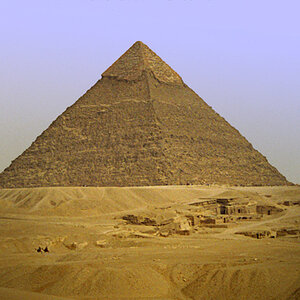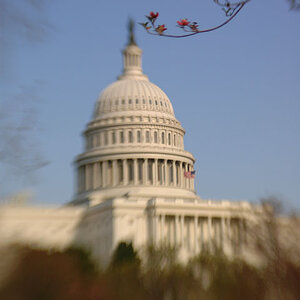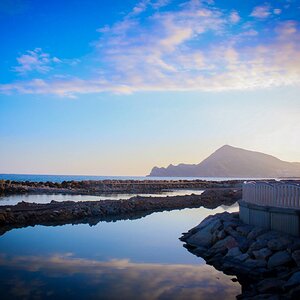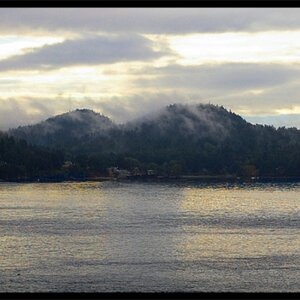julianliu
No longer a newbie, moving up!
- Joined
- Aug 15, 2013
- Messages
- 413
- Reaction score
- 74
- Location
- Denver, Colorado
- Website
- www.cornerstoneimage.com
- Can others edit my Photos
- Photos OK to edit
I feel these were a good attempt...particularly for a first try, however personally I find that to be WAAAAAAAY to much silk there! As apposed to coming off "soft and creamy", I think it ends up looking like blotchy globs that no longer convey a sense of "water"...not trying to be rude at all, that's just how it looks to me.
I have to agree with Westernguy in that I'd play around with 1 - 2 seconds, depending on the lighting and work from there....I doubt I'd go more than 4 seconds TOPS. I recently shot some images out at Brandywine falls here in Ohio and using just a polarizer, a 2 stop gradiated ND filter and a small aperture, I was able to get the exposure down to 1/20 of a second, which gave the images some silk, without looking over-done.
I think the angles and framing and such look fine, I'd just back WAY off on the slow shutter...you still want it to look like water.
Just my $.02 worth.
Thanks for pointing it out, as WesternGuy does. I will experimenting it more next time



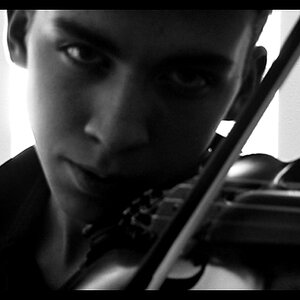



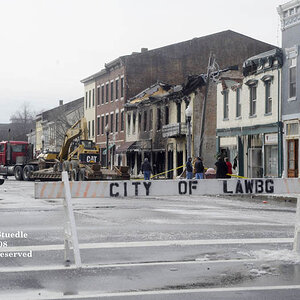

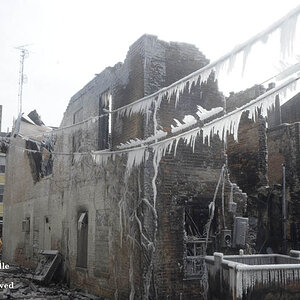
![[No title]](/data/xfmg/thumbnail/33/33495-c9bffdaa44506a6169a2faff5c7e086e.jpg?1619736004)
